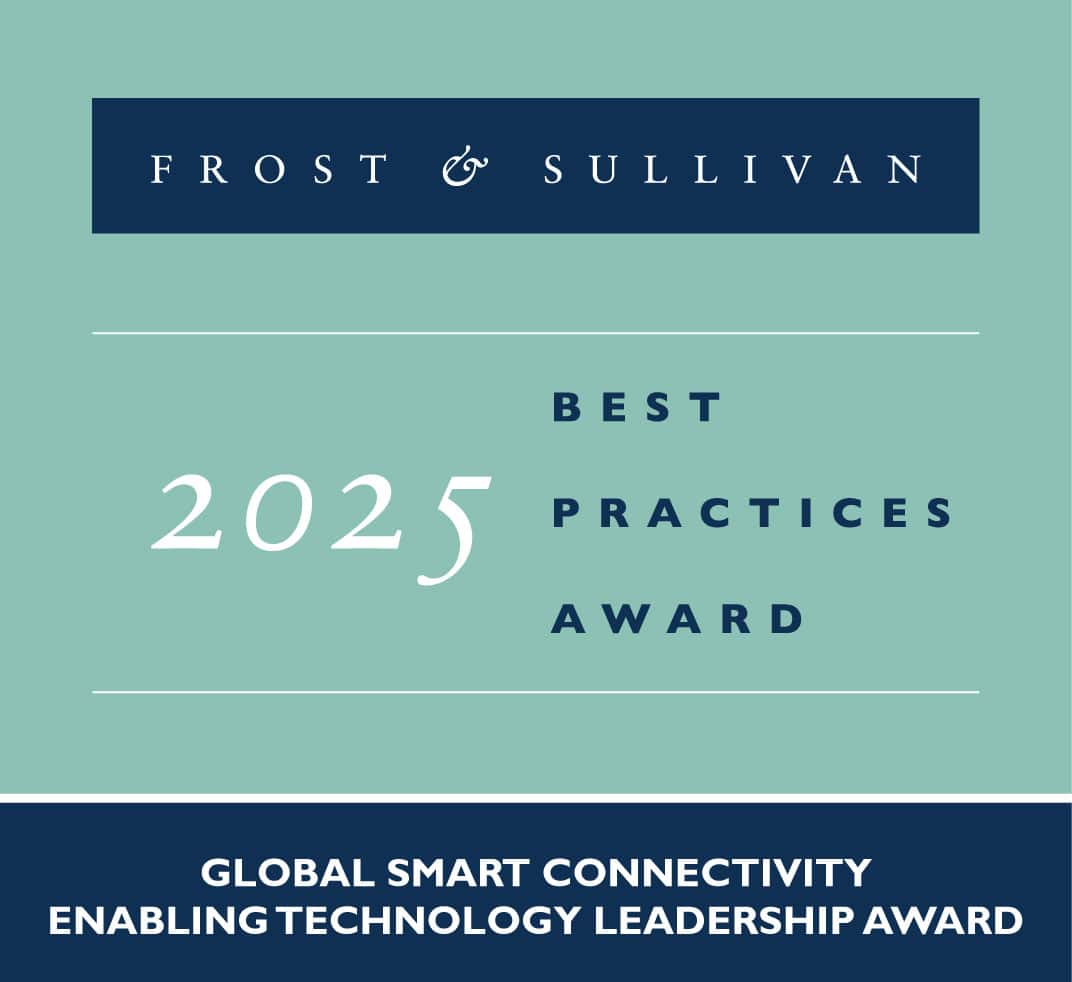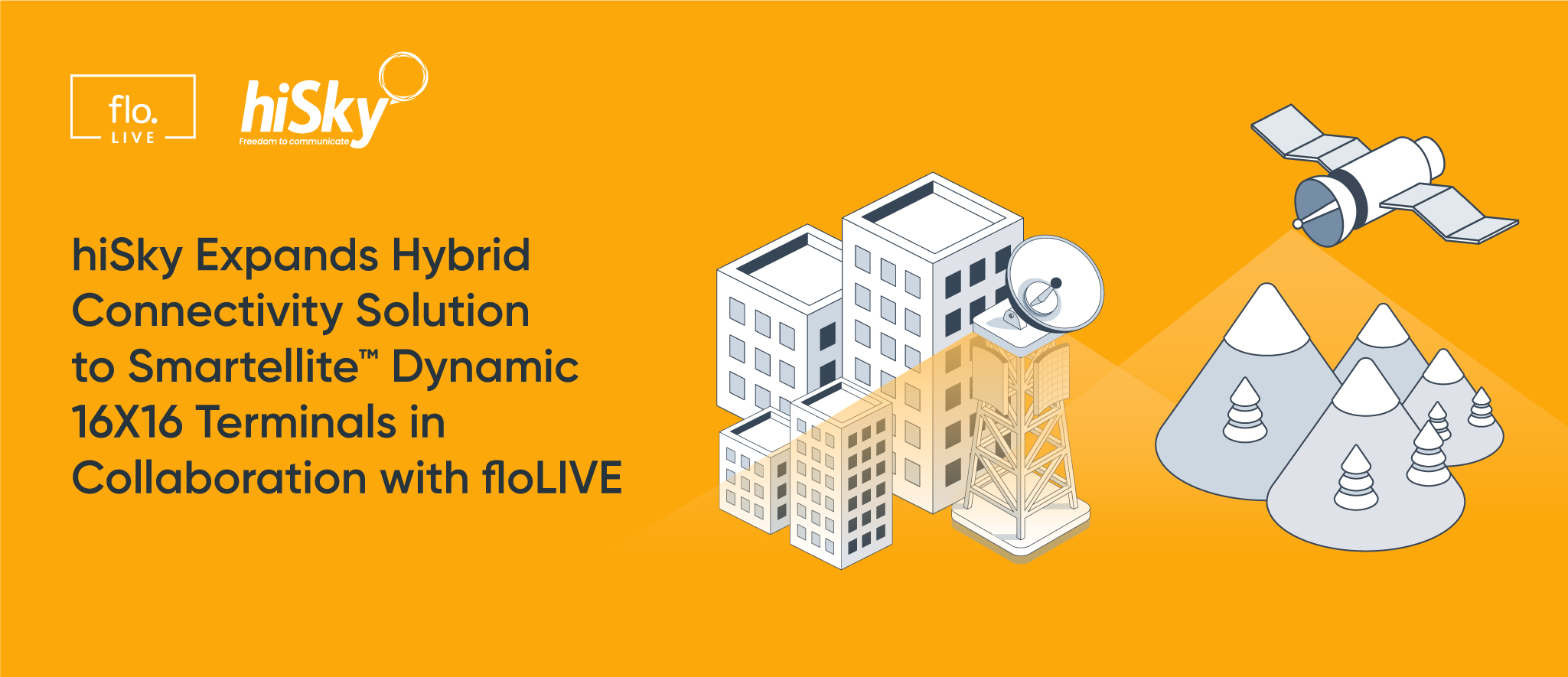Page Contents
What’s the Potential for IoT In Healthcare?

Page Contents
According to James Brehm & Associates, in part accelerated by the COVID-19 pandemic, by the end of 2020 there were almost 4.8 million IoT connections in the US Health & Wellness space.[1] What opportunities are there for health and wellness in the IoT space, and how can stakeholders make sure that they are best placed for 5G and the IoT revolution?
IoT in the Healthcare Industry: Remote Patient Monitoring and Real-time Health Data
IoT devices in the medical industry cover a wide range of use cases for patients to improve health, from glucose monitoring or connected blood pressure cuffs, to remote patient monitoring and other health care medical devices. Here are just a few examples to give you a better understanding of the potential of IoT:
- Remote patient monitoring: By rapidly sharing media like images and even video across different geographies, physicians will be able to use platforms like Zyter to provide digital healthcare experiences that support patients anywhere in the world. This is augmented by health data from wearables and other sensors, or uploaded through mobile devices that can measure vital signs like Binah.ai or upload results from at-home urinalysis, like Healthy.io. By keeping patients out of hospitals, medical stakeholders actually improve the recovery rates and patient satisfaction at the same time as reducing costs and addressing the growing skills shortage for both doctors and nursing staff.
- Connected devices: Imagine if your medical devices could communicate with you, what would they say? This may sound like a funny question – but consider the implications. Your asthma inhaler could let you know that you’ve used it more than usual in the past month, and trigger you to book an appointment with a specialist. Propeller Health already offers connected inhalers that are making life easier and smarter for patients. Now think broader. Your epi-pen could send you an SMS to warn you that you’ve left it at home by mistake. Google believes that your contact lenses could take photos of your family day out so you can focus on having fun. The possibilities appear to be truly endless.
- Aging in place: For the elderly, Medical IoT is a game changer, allowing seniors to live independently for longer with the aid of NB-IoT medical devices. Solutions such as SureSafe and SakuraTech can send signals that alert medical staff or family members to anything from a rapid heart rate to a sudden fall, plus offer the peace of mind to allow loved ones to check in without alarming the wearer. This data can all be sent to the cloud to allow for continuous remote monitoring. Consider the impact on those with chronic conditions, who can be sent home to be monitored in their own comfort zone, with the idea of ‘Hospitals without borders’ becoming increasingly possible. Wherever the patient is – that’s where their patient care can be.
- Wellness monitoring: Using the data collected from IoT devices like an Apple Watch or other wearables, health and wellness can be more far reaching than an individual medical provider. Think about a life insurance company like Vitality who already offers perks for their customers to remain active, or a corporate wellness scheme that automatically tracks anything from physical health to mental wellbeing through remote stress-level indexing. These are all made possible by continuous monitoring via the Internet of Things.
- Sharing of health data: For the first time, 5G enables the sharing of patient data gathered from health monitoring, with ultimate data security in mind. The Collaborative Cancer Cloud is a great example of how this can be put to amazing use, bringing together data from wearables, treatment facilities, Electronic Healthcare Records and more, all able to be securely and compliantly accessed to share best practices and improve outcomes.
IoT for the Health Care Industry Itself
The benefits for patients are huge, but on top of that side of things, it’s also important to be cognizant of the business impact. With smart IoT usage, there is also huge potential for IoT behind the scenes supporting the healthcare industry to be more accurate, faster to market, or drive better business decision-making and compliance.
Think about cold chain monitoring in logistics for vaccines and other medications that need tight temperature control, or tracking sensors that help medical centers to optimize the route for PPE or hospital equipment in real-time, sending shipments in transit where they are needed the most.
CIOs can implement smart solutions for medical centers and hospitals that track expensive hospital equipment, or measure the impact of use to compare vendors or suppliers and get better ROI. They might even use the data that they are tracking to implement preventive maintenance to make sure that critical assets are never out of action. Just like in a manufacturing use case, we’re not just talking about slicing some zeroes off a budget sheet – by making these changes, there’s a real and measurable impact on human life.
Realizing the Potential of IoT-enabled Healthcare
Of course, the driving factor in whether connected devices will reach the potential that the IoT offers is the connectivity itself. Without reliable availability and coverage, IoT devices cannot report back their data, and gaps quickly cause frustration or error.
This is why organizations are depending on 5G to usher in a new era for Medical IoT. 5G offers far greater bandwidth than any previous generation of wireless technology, and can reduce the latency of communications down to an almost negligible amount. That means the speed of connections and data transfer is immediate, and for the first time, people and objects can be truly connected.
For remote patient monitoring these capabilities provide the real-time information that physicians need, and are even opening the opportunity for previously impossible tasks such as telesurgery. As far greater amounts of information can be transmitted at speed, it also allows for better use of Big Data so that stakeholders can gain insight into the general population at large. Global connectivity is essential, as the impact of remote healthcare would be felt greatest in places without access to a strong healthcare system on the ground. Luckily, emerging economies are already putting an emphasis on keeping pace or even leapfrogging 2G or 3G adoption to match more developed countries in implementing 5G technology.
Of course, medical organizations will need to consider innovative solutions to provide the performance, security and compliance that’s so essential when it comes to critical IoT use cases, especially when they are handling sensitive patient information and are bound by regulations such as HIPAA.
For example, a hospital might use private campus network solutions with private RAN and a private core. With this in place, they can keep patient data secure and at the same time they won’t need to compete with public users who live and work in the surrounding area for bandwidth.
Another example is a nationwide private network which could be leveraged by a medical logistics company who is transporting medicines or equipment. Even as vehicles move cross-country, they can benefit from the best possible connectivity from local mobile operators, autonomously switching in case of low coverage, all from the same SIM.
If you’re a healthcare provider who is looking to launch IoT projects that will better help your patients and speed time to market with IoT for business growth – we’d love to hear from you and discuss your IoT connectivity needs. Reach out here.
[1] Guide to 2G/3G Network Sunset, IoT in Health and Wellness, IoT in PERS Volume 7 Issue 7

Join Our Newsletter
Get the latest tips and insights in our monthly newsletter.








